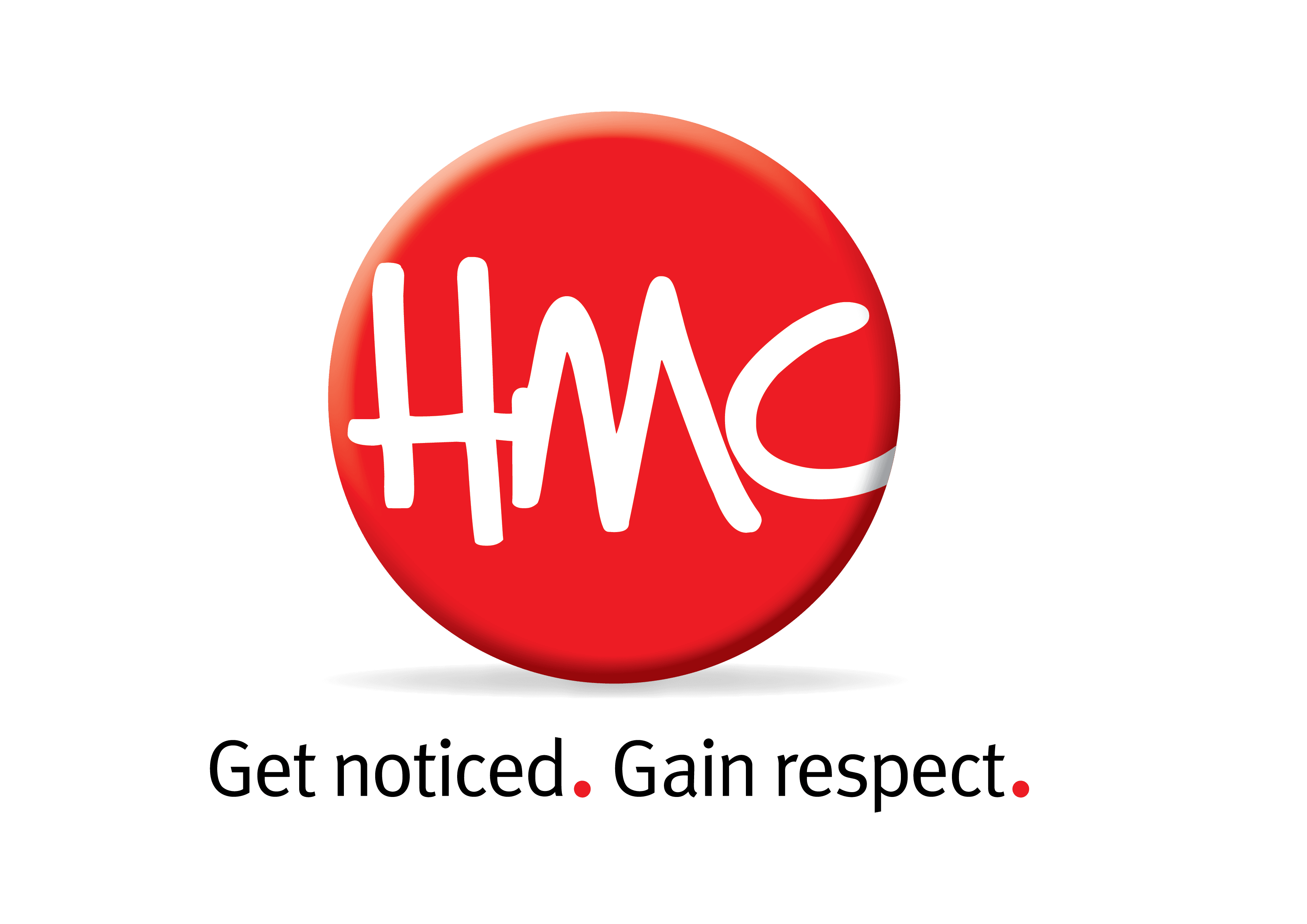New Zealand’s media landscape is changing at break-neck pace.
NewsHub is closing. Stuff is taking over the 6pm TV3 news. TVNZ has announced major programmes being axed and jobs are going. Plus, community newspapers which have served their small regions since mid last century – such as Hauraki Herald – are no more.
Pattrick Smellie, founding editor of BusinessDesk, recently joined HMC managing director Heather Claycomb and senior account manager Kate Webber on the agency’s CRUNCH podcast to discuss these changes, what they mean for media and what they mean for business.
Speaking about the most recent media announcements, Pattrick says, “The thing that really strikes me is that much of what's happening now is what we thought was going to happen in the early parts of Covid.
“If you recall then, Bauer Media Group pulled out of magazines in New Zealand. The move was seen as a possible cascade event. Nine, which owned Stuff, got very close to closing down in New Zealand before it was sold to Sinead Boucher for a dollar. I feel as if what's happened now is because there was so much government largesse during the Covid period, both in wage subsidies and the public interest journalism fund, that everything delayed the day.
“Now that we're in recessionary times, some of the structural weaknesses in the industry have become unsustainable. I mean, in the case of NewsHub, as a personal view, I think that whoever continued to fund NewsHub's news gathering activities over about 20 or 30 years, never making any money apart from maybe once, they should get a medal. I mean, it's a difficult, expensive thing to do to make television news.”
Pattrick believes several market factors have worked together to create an ‘imperfect’ storm.
“First thing that happened was that the advertising dollars, which used to go to newspapers, started evaporating in the 2000s. By 2008, when the global financial crisis hit, advertising evaporated even more. While at the same time, newspapers were putting their product online for free.
“So basically, the advertising revenue stream and the subscription revenue stream were both lost at once. You don't have to be a rocket scientist to work out what's going to happen. Basically, you're not going to have any revenue.”
Pattrick points toward another change in print and online news as these outlets drift toward paid subscription models.
“Certainly, in the case of BusinessDesk, we established ourselves in 2008 and the global financial crisis almost took us out within months of establishment. One of the things we discovered at that point was that business news seems to be somewhat recession-proof because people become concerned about their own financial circumstances and business conditions. And so, we actually had a surge of subscriptions then.
“We also did have a surge of subscriptions in the most recent recessionary period as people seek trustworthy information to help them navigate the circumstances they find themselves in.
“I think one of the reasons that BusinessDesk has been reasonably successful is that we've never been free. And when we went from a wholesale content provider, which we used to sell all of our news to other publishers, to putting our own news behind our own paywall and running our own brand, the one thing that's consistent there is that we never worked for free,” he explains.
While the current media changes are tragic, especially for those many journalists and support teams who are losing jobs, Pattrick says he does believe the media industry will eventually sort itself out.
“I did drink the Kool-Aid with Roger Douglas back in the 1980s, so I do tend to have a certain amount of optimism that markets will sort things out. In the end, unless it's state funded, news media does need to be a profitable enterprise.
“What we're seeing in New Zealand is no different from what we're seeing internationally,” he says.
Pattrick does worry about the fact that anybody can set themselves up with a sub-stack and call themselves a journalist these days.
“In the past, we all consumed much the same news. We all read the NZ Herald or the Dominion, we all listened to Radio New Zealand, and we all watched TVNZ’s six o'clock news. Now everybody's consuming their own private feed to some degree. And that's a real challenge for traditional journalism.”
So, in this new media environment, how do business leaders make sure that their organisation’s message gets noticed by shrinking newsrooms? Pattrick says the basics still apply.
“Stories that involve people, stories that have good illustrations, stories that include photos that are professionally shot – these inclusions are all still essential. For business journalism, I'm very strict about it - the story also needs numbers. If the story doesn't have numbers, we probably won't run it.”
For the full episode of CRUNCH, Season 2, Episode 1, listen on HMC’s website or wherever you listen to your favourite podcasts.
This story is an excerpt from Part One of a two-part podcast series.

